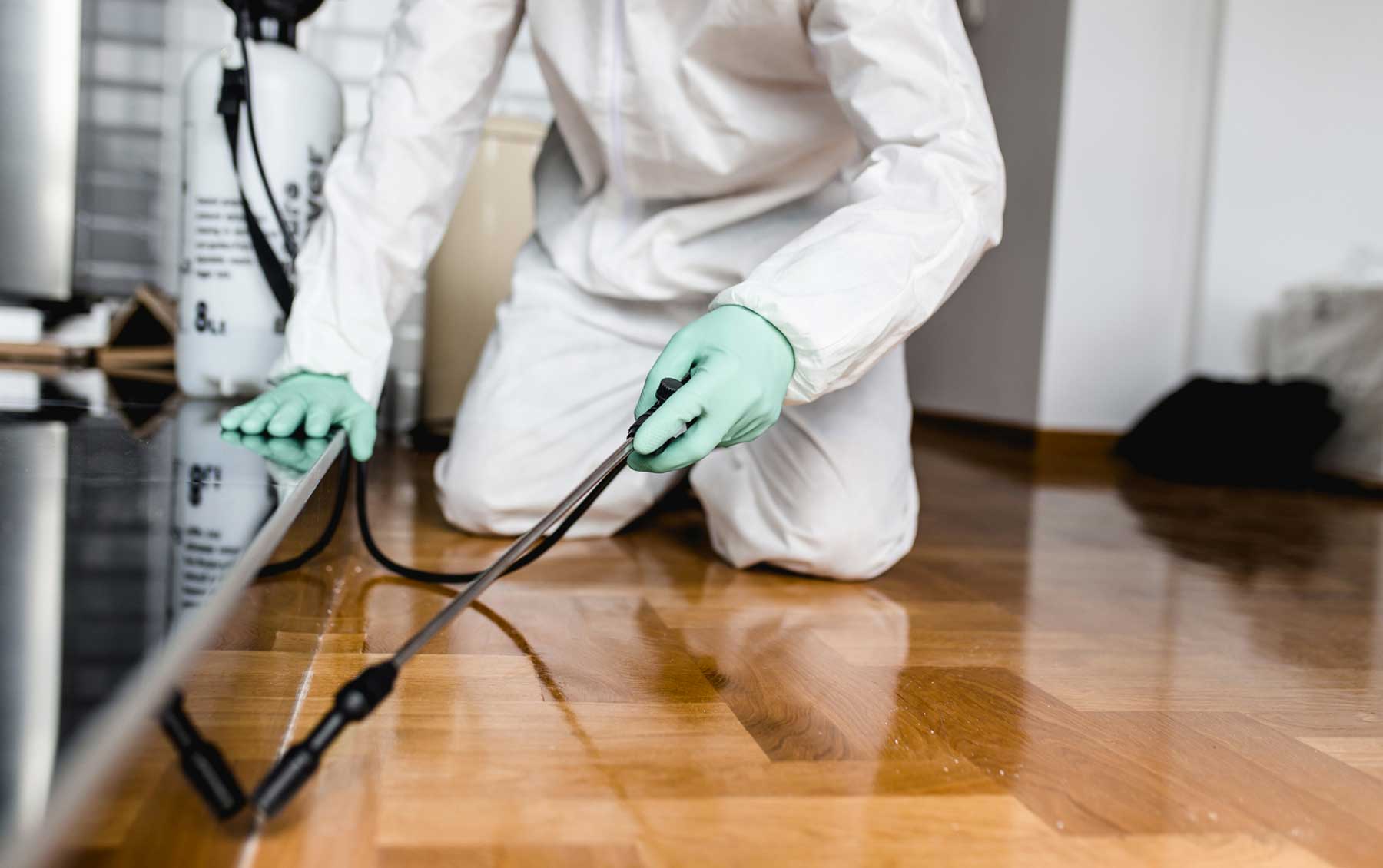Professional Bed Bug Exterminator: Relax Easy Knowing Your Home is Bug-Free!
Specialist Bug Control Techniques for Long-Term Outcomes
In the realm of parasite control, attaining sustained effectiveness and lasting results needs a careful strategy that transcends mere extermination. Specialist pest control methods envelop a detailed technique that starts with a detailed evaluation and evaluation, followed by accurate bug recognition to understand their actions patterns. The implementation of Integrated Bug Management (IPM) principles, coupled with eco-conscious therapies, creates the foundation of lasting bug eradication. The true test lies in the ongoing surveillance and upkeep of the dealt with areas, guaranteeing a pest-free setting for the direct future. By diving into the complexities of these strategies, a much deeper understanding of professional parasite control techniques for withstanding end results arises.
Examination and Evaluation
Upon going into a property for bug control services, the first step is a complete inspection and analysis to identify the degree of the infestation and figure out one of the most reliable treatment plan. Expert bug control technicians are educated to diligently take a look at the premises, seeking signs of pest task such as droppings, gnaw marks, nests, or any type of architectural damages. They will certainly likewise assess the conditions that might be drawing in insects, such as food sources, water leakages, or entrance factors.

Pest Identification and Behavior

Additionally, understanding the actions of the identified parasite is vital to carrying out efficient control procedures. Understanding where pests nest, what they feed on, and their activity patterns can aid pest control experts devise methods to eliminate them efficiently.
Integrated Pest Monitoring (IPM)
Integrated Bug Administration (IPM) approaches combine multiple methods to control and prevent insect invasions in a lasting and eco pleasant manner. pest control. By incorporating approaches such as organic control, habitat control, modification of social methods, and making use of resistant ranges, IPM intends to minimize making use of chemical pesticides
One of the crucial concepts of IPM is the focus on prevention. This proactive strategy involves surveillance insect populations consistently to detect any type of prospective issues before they escalate. By determining parasite problems at an early stage, pest control steps can be carried out quickly and effectively.
In addition, IPM promotes the use of non-toxic insect control approaches whenever feasible. This can include employing natural predators of the pests, presenting beneficial insects, or making use of scents to interfere with breeding patterns. By decreasing reliance on chemical pesticides, IPM not only safeguards the atmosphere but also assists maintain an equilibrium in the environment.
Environmentally-Friendly Therapies
Implementing eco-conscious methods in pest control procedures can properly deal with invasions while prioritizing environmental sustainability. Environmentally-friendly treatments concentrate on reducing the impact of insect control techniques on ecological communities, non-target organisms, pest control association and human wellness. These approaches commonly involve making use of all-natural predators, such as ladybugs or nematodes, to manage pest populaces, minimizing the demand for chemical treatments. Additionally, techniques like habitat control, such as readjusting wetness degrees or getting rid of food sources, can help discourage pests without using damaging materials.
An additional trick facet of environmentally-friendly treatments is the use of organic and eco-friendly products that damage down quickly without leaving dangerous deposits in the setting. Botanical insecticides originated from plants like chrysanthemums or neem provide reliable pest control while posing very little danger to non-target types. Using methods like warmth therapies or scent catches can target particular parasites with accuracy, minimizing the deemak control treatment overall environmental effect of pest control methods.
Ongoing Tracking and Upkeep
Continual surveillance and maintenance are important elements of efficient pest control management. Ongoing tracking plays a critical duty in making certain that pest invasions are discovered early and dealt with quickly. Regular evaluations by qualified professionals are necessary to determine any type of signs of pest activity, analyze the performance of previous therapies, and make changes to the bug control plan as required. By checking insect populations with time, insect control experts can track patterns, expect possible concerns, and carry out safety nets to minimize the threat of future infestations.
Along with monitoring, upkeep techniques are essential for long-term pest control success. This includes executing appropriate sanitation steps to eliminate possible food and water resources for parasites, securing off access indicate protect against bugs from getting in the premises, and dealing with any kind of structural problems that might facilitate parasite problems (Pest control Washington DC). By incorporating ongoing surveillance carpenter ant extermination and maintenance into an integrated bug administration strategy, companies can guarantee a pest-free environment and protect their residential or commercial property against expensive damage and health threats
Verdict
To conclude, using expert pest control strategies such as detailed assessment and evaluation, accurate bug recognition and understanding of their actions, incorporated parasite administration strategies, environmentally-friendly treatments, and recurring tracking and maintenance are important for attaining long-term outcomes in insect control. By applying these methods, people can properly take care of insect infestations and maintain a pest-free setting in a lasting way.